- Aug 15, 2024
How to use herbs to open your child’s senses to trying other foods.
- Sue Welby
- Eating
- 0 comments
Guest blog by Joanne who created The foodies book series.
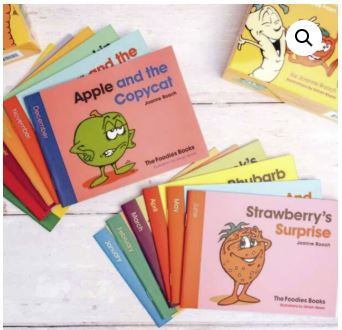
On those weeks when your child has seemed to turn their nose up at everything you have put on their plate, it is easy to get disheartened. But one really important way to take the strain off mealtimes and give your child a totally pressure free way to explore food is by getting away from the table altogether and out in to the garden (or, if you don’t have a garden, some windowsill pots will do just as well!)
Children are instinctively fascinated by the natural world and you can use their desire to explore plants as a way to build their sensory exploration muscles, to be ready to use for other foods later on.
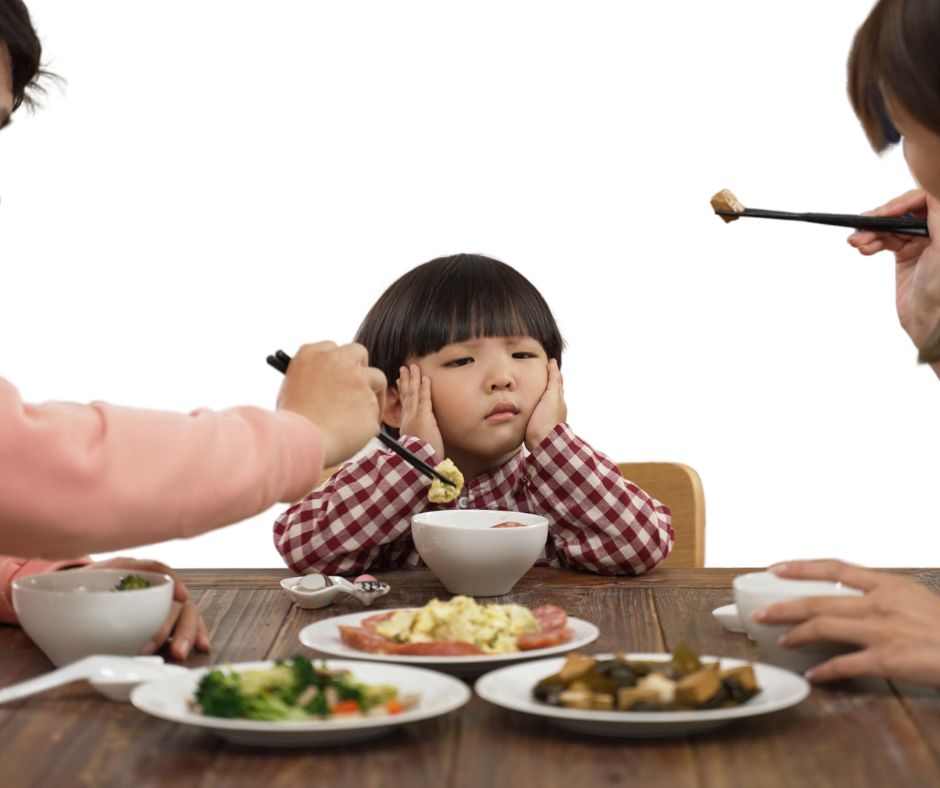
A great way to start is by using edible herbs. This is totally non-confrontational because growing herbs don’t feel like a food to a nervous eater, so they don’t worry about whether someone is going to want to make them eat something. Good herbs to use with children are mint, lemon balm, parsley, thyme, rosemary and fennel. You can get most of these as small pot plants from the supermarket, or small DIY and garden stores. Or you can grow some of your own!
Once you have chosen your herbs, allow your child to explore the plants using all of their senses. Depending on your child’s age and stage, they might not have much vocabulary to describe the sensations, but they can use their face and body movements to demonstrate how interacting with a plant makes them feel. Use any of the ideas below to help your child explore, don’t try to do everything at once – just one or two ideas at a time with several plants, or simply a good exploration of a single plant will stop their senses from getting overwhelmed.
1 Let's Get Visual: Exploring Herb Plants Through Colours and Shapes
Help your child to look at colours and shapes of herb plants, their leaves and stalks, their height and the way they grow up or trail around. Look at two or three different herb leaves and either talk about the colours and shapes, or use fingers to trace the shapes and feel the difference in length, flatness, roundness, spikiness etc. They can pick individual leaves off several plants and rank them in order from light to dark green, biggest to smallest etc
2 Build curiosity: Feeling and Hearing Herb Leaves
Encourage them to feel the leaves and describe what they feel like. You may need to give them multiple choice suggestions if they don’t have a big vocabulary, for example, “Does it feel scratchy like your woolly socks? Or soft like your teddy bear?” Describing textures is a key skill that will later help children to talk about their food in a curious manner. They can also rustle, crumple or stroke leaves near to their ear and see if they can “hear” the textures of the leaves being touched.
3 Sniffing Success: Developing Smell Vocabulary with Herbs
Support your child to smell the plants. The language for describing smells is quite complex (that’s why wine experts and perfumers get paid a lot!), but children can say whether they like a smell, what it reminds them of, or act out how it makes them feel. Or they can just sit and smell and enjoy without having to talk about it at all. If plants are grouped together in a container or small herb garden, they can first smell them individually and then stand back and see which smell is the strongest. If they are brave they can also close their eyes and you can put some leaves under their nose to smell, then ask them to open their eyes and point to the plant that they think it was. This will help them to focus on the detective parts of guessing which will help them to associate smelling foods with fun and guesswork. This will boost their confidence when trying to explore foods, because smelling foods is one of the steps towards trying foods.
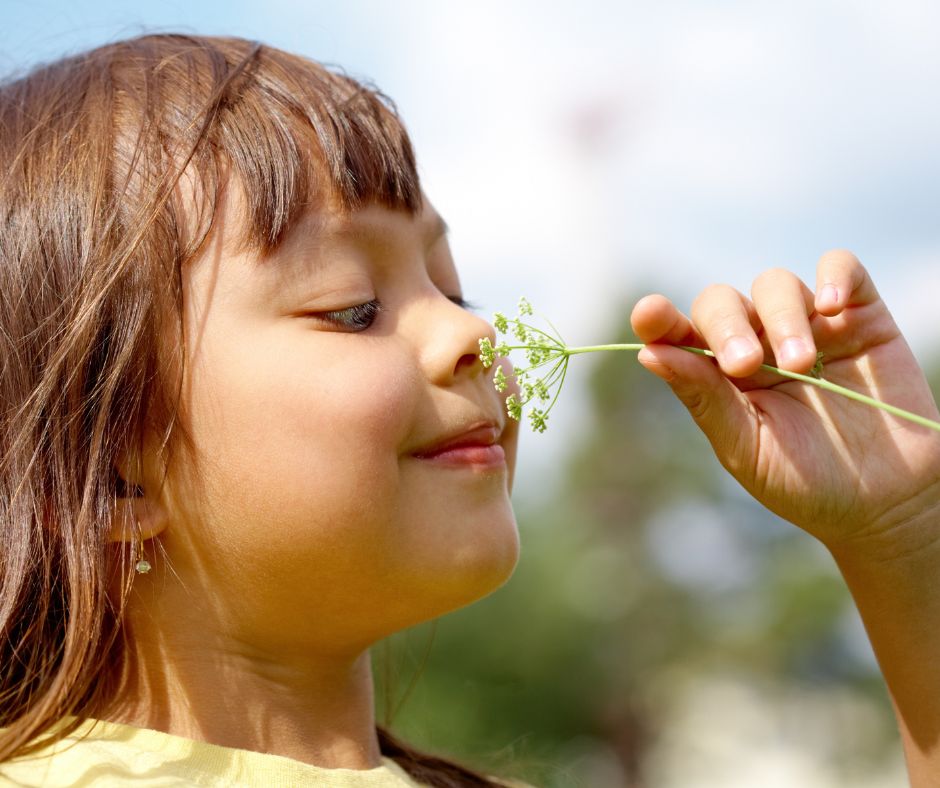
4 Taste Testers: Trying Herb Leaves and Describing Flavour
If they are brave enough, help your child to taste the leaves. Have a tissue nearby if they want to spit them out and show them that this is totally acceptable. Rosemary, thyme and fennel in particular are quite strong tastes and tough textures, so chewing them and spitting them out is easier for most children than swallowing. They can use their faces to express how each herb makes them feel or use words if they are able. With herbs that are used for flavourings, such as mint, lemon balm and fennel, you can ask if they can tell it tastes like toothpaste or get them to compare them by then licking a mint, lemon juice or a liquorice sweet.
5 Exploring time: Putting on their detective hat.
Sometimes you will just explore one plant. But if you have several you can also try going backwards and forwards between different plants to compare them with each other. For example: Which leaf feels more spiky? Which one makes your mouth more tingly? Which one smells stronger? This is a useful skill which you can use that down the line to encourage them to explore foods without pressure. For example asking a child to rank their favourite between a raw carrot or a steamed one can encourage a child to try both of them with their detective hat on, which can feel less confrontational than asking if they like the carrot or not. You can use this with foods they already like, just prepared in different ways (with and without butter, cooked or raw, grated or mashed etc) before moving onto other foods that they are less familiar with.

6 Compare and Contrast: Exploring how herbs transform their favourite foods
If your child is quite confident with some of these explorations, you can then see if they want to try some herbs on their food. Pick a food that you know they like – potatoes or carrots can work well – and ask them to compare unflavoured versus with herbs. Olive oil dressing with herbs, garlic butter with parsley, a scoop of chocolate ice cream with and without mint leaves on it, these are all good ways to compare, describe and explore.
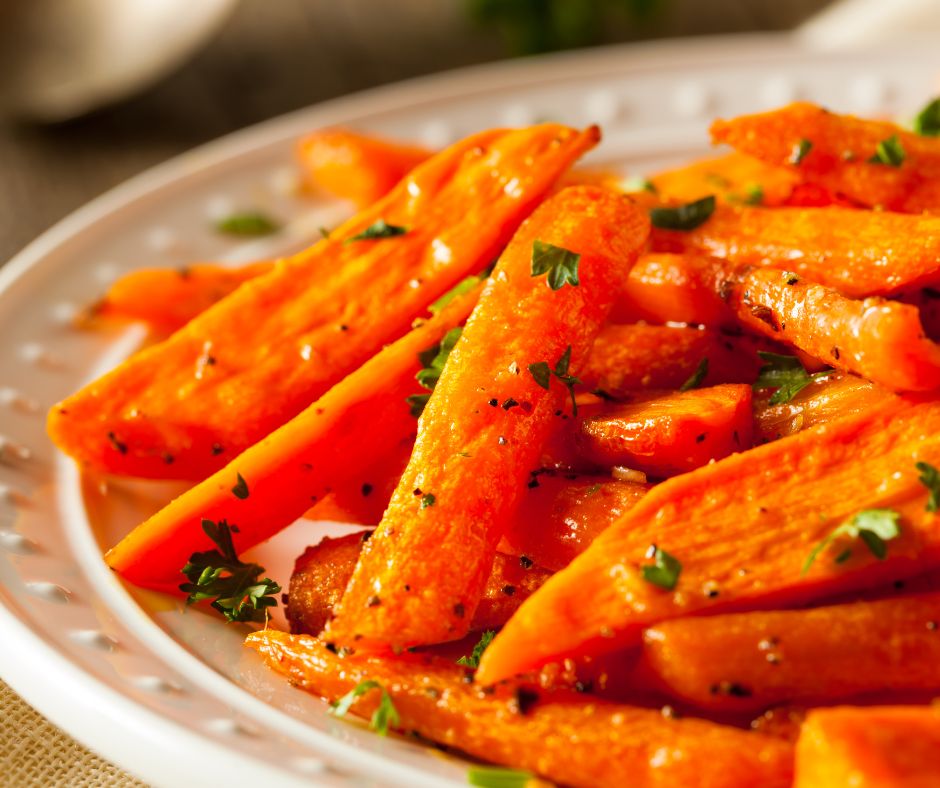
7 Herb Garden Adventures: Growing Your Own Herbs for Sensory Exploration
Finally, if your child is really interested, then help them to grow or cook some of the herbs. Herb seeds are cheap and available in most DIY and garden stores and quite a few supermarkets, and most can be grown in a recycled pot on your windowsill. If they like to help in the kitchen, help them to find a recipe that uses herbs and let them do the prepping of the herb, most can be torn or shredded without needing a knife if they are too little for sharp knives.
Herbs add delight and colour and flavour to our food as adults, but they can be hard for children to take on board when they see a familiar food dotted with flecks of something they don’t recognise. Exploring herbs totally away from the table in a “science detective” way can give your child hours of fun exploring, using their senses, and building their bank of words to describe foods. It’s also a great way to build their confidence without them realising that they are building their eating skills and it is a lot of fun for everyone.
Start with one herb and give it a go this week!
Thank you to Joanne for this guest blog.
Joanne Roach is the owner of The Foodies, helping young children to build their confidence with food through growing, cooking, exploring and learning about seasonal fruits and vegetables. There are lots of free resources at thefoodies.org
Thank you to Joanne for this guest blog. What a fantastic way to get children more used to textures and enjoying food.
I would like to add on two fun play idea using herbs.
1 Tell children “Herbs are like magic spells, We can sprinkle them on and they can turn the food into a feast fit for a princess or Prince" Great way to add in a bit of imagination.
2 Make homemade playdough and add in some lovely smelling herbs.
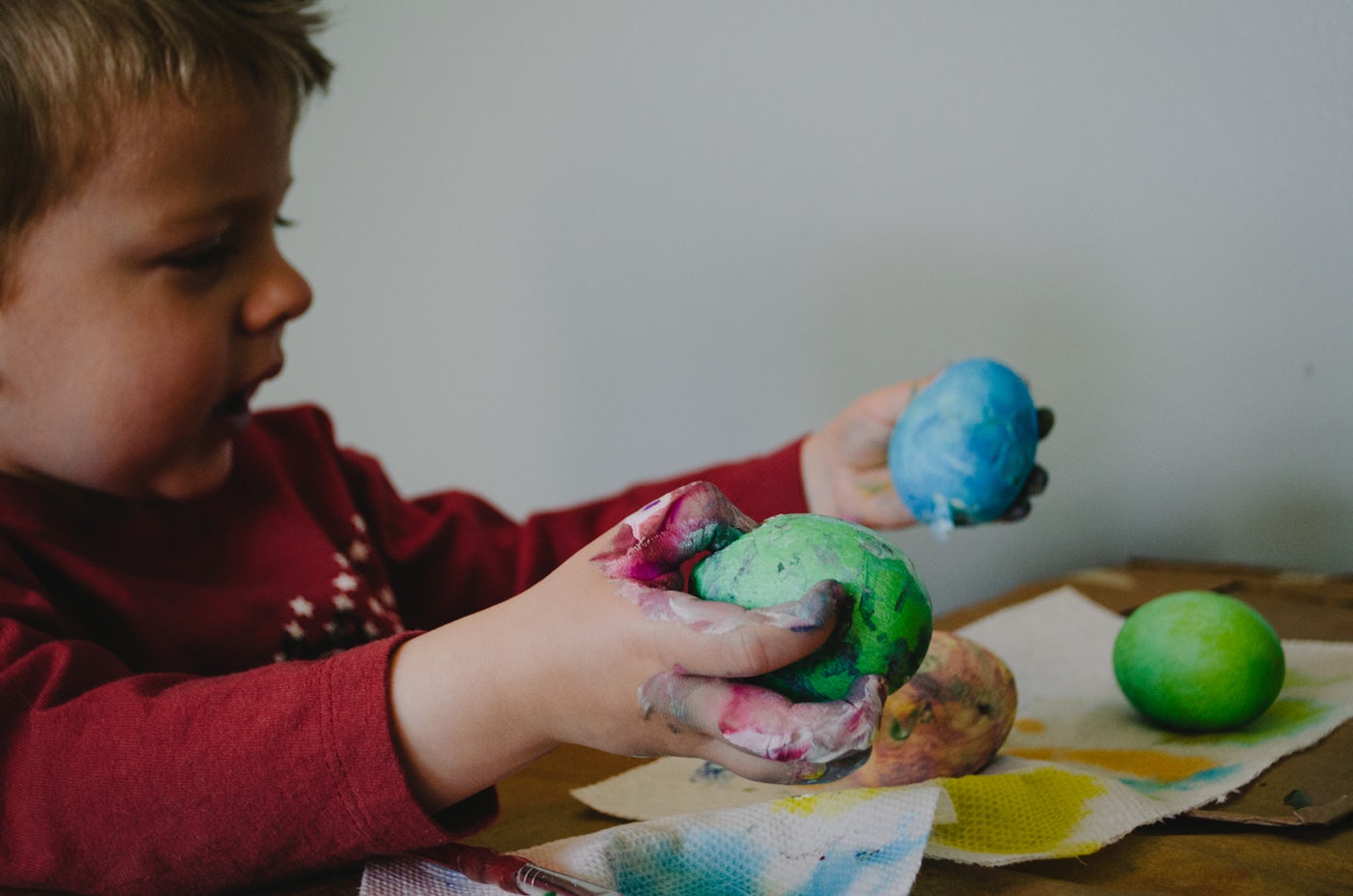
If you are struggling with your child’s mealtimes check out my
“ Top tips for mealtime success” videos.
Sue
Littlelifesteps x